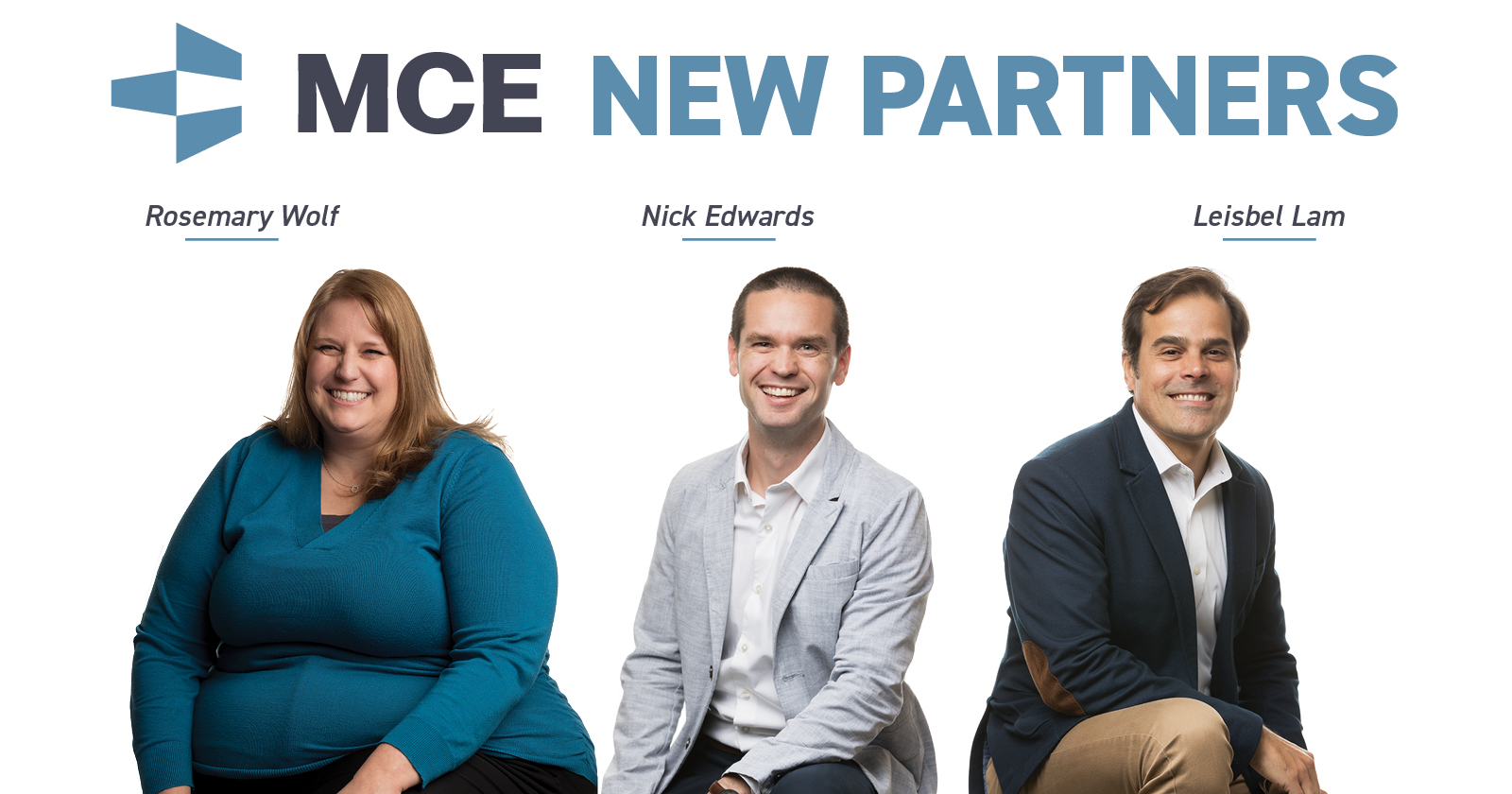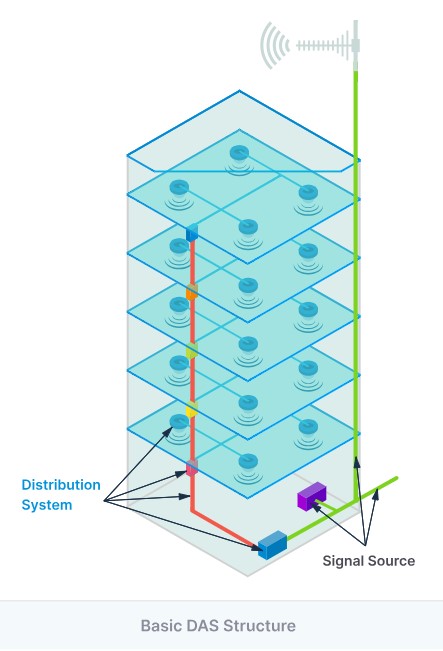by Leisbel Lam via Zweig Group
February 5th, 2024

To integrate effective change management, identify needs, understand deeply, honor the past, mandate change, and provide a precise, optimistic roadmap forward.

As we start a new year and strategic planning is in full swing, I believe it is crucial to be intentional about integrating change management strategies into the process. Anticipating, planning, and embracing change fuels growth. In my experience leading teams in the engineering industry, I have found that introducing change can result in resistance and challenges. Everyone responds to change differently. To address this, I have found it helpful to approach change management with honesty, empathy, sensitivity, positivity, and accountability.
This simple, five-step approach has allowed me to craft a clear and compelling story that motivates people toward change:
- Name what needs to change. The first step is to identify what needs to change. For example, when I joined MCE in 2021 to lead a newly created sector serving the government, higher education, and workspace markets, I encountered a challenging situation in which I was tasked with turning around and growing a sector with low sales volume, several underperforming projects ranking at the lowest net multipliers in the organization, low client satisfaction rates, and an understaffed team.
- Deep understanding, simple description. It is crucial to gain a deep understanding of the situation so you can craft a simple, clear, and concise message that builds a compelling story. I dedicated four months to understanding MCE’s culture, history, values, vision, and strategy framework so that I could develop this message.
It is important to test the simplicity and stickiness of your message by distilling the vision down to a sentence that is so clear and concise everyone can see it, understand it, and articulate it. By describing our sector as “a start-up team operating within a mature organization,” I provided a simple yet profound description of the turnaround. The comparison to a start-up illustrated the exciting and challenging endeavor ahead of us.
“Everybody responds to change differently. To address this, I have found it helpful to approach change management with honesty, empathy, sensitivity, positivity, and accountability.”
- Honor the past. The first component of honoring the past is to acknowledge the good parts of the history. Understanding the organization’s history, legacy, and solid reputation in our industry allowed me to bond with key influential team members inside and outside the organization.
The second component of honoring the past is to acknowledge the not so good parts and address them with honesty and optimism. This build trust and a sense of new direction. In this phase, I was honest with people about my observations for change and avoided blaming. The message then shifted to sharing an optimistic picture of the future. I illustrated “the not so good” reality by showing data on one key performance indicator, project spend versus project contract. By the end of 2021, this metric had reached -$180,000. This became the anchor to illustrate the need for improvement and to bridge the gap to the future. - A mandate for change. After making progress on the first three steps, it is time to share the plan for shaping a different future. This step involves reflecting on “the why” and asking questions such as: “What problem am I trying to solve? What is the cost of not solving it?” My sector’s strategic plan was launched in September 2021, focusing on achieving a $0 project spend versus contract KPI, setting ambitious revenue goals, growing the core sector team, and shifting from a project-centric to a client-centric approach.
- A precise and optimistic road map forward. This step delves into the details of the plan, addressing “the how.” I began by asking myself, “What persuades me to choose the road ahead? How confident am I of the probability for success?” In my case, using data as a storytelling element to highlight that the organization was operating at a deficit brought home the sense of urgency of the situation. Describing a contrasting and optimistic way forward was crucial in enlisting stakeholders to the vision in an energizing manner.
Following this approach has allowed my sector to undergo a turnaround. We are currently well positioned to scale and achieve sustainable growth. Today, we are running projects profitably, ranking at the top on net multiplier, expanding our team, and establishing a client and leadership-centric culture guided by our mission. Experiencing such a transformation has been a profoundly rewarding and energizing experience in integrating change management.
About Zweig Group
Zweig Group, three times on the Inc. 500/5000 list, is the industry leader and premiere authority in AEC firm management and marketing, the go-to source for data and research, and the leading provider of customized learning and training. Zweig Group exists to help AEC firms succeed in a complicated and challenging marketplace through services that include: Mergers & Acquisitions, Strategic Planning, Valuation, Executive Search, Board of Director Services, Ownership Transition, Marketing & Branding, and Business Development Training. The firm has offices in Dallas and Fayetteville, Arkansas.





